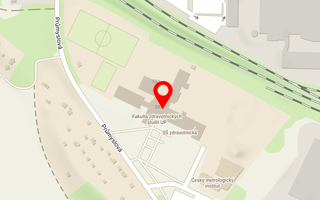Publikace detail
Výtěžnost sluchové zkoušky šepotem společně s vyšetřením screeningových otoakustických emisí v záchytu nedoslýchavosti
Autoři:
Bukvová Michaela | Faitlová Hana | Blanař Vít | Vodička Jan
Rok: 2023
Druh publikace: článek v odborném periodiku
Název zdroje: Otorinolaryngologie a foniatrie
Strana od-do: 8-14
